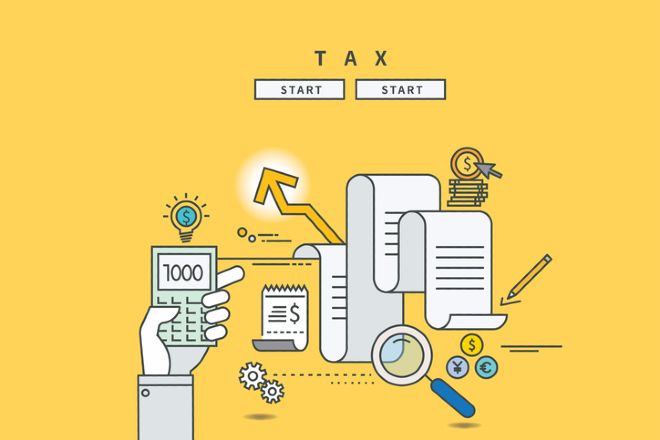With pressure on to pass tax reform, the GOP-led House and the Senate have proposed legislation that could impact independent schools in several ways (see: GOP House and Senate Tax Plans Worry Independent Schools). An additional possibility is the elimination of tax-exempt financing. This could have a devastating financial impact on schools and their capacity to maintain and grow facilities and programs.
The House bill eliminates private activity bonds (PABs) and prevents nonprofit institutions from issuing tax-exempt debt starting January 1, 2018. The Senate bill does not limit nonprofits from issuing new tax-exempt bonds, though it does prohibit advance refundings, as does the House bill.
Also facing new scrutiny: funds yet to be drawn on schools’ issued debt. Chuck Procknow of George K. Baum & Company, an investment banking company that works with many independent schools, advises that “any undrawn’ tax-exempt funds may need to be drawn prior to 12/31/2017 in order to preserve their tax-exempt status.” He offered the following scenarios:
- If the House bill is signed into law as drafted, any institutional borrower with undrawn funds is advised to draw these funds prior to December 31, 2017, and place them in a project fund with the institution’s bank. These funds would be subject to standard arbitrage rules for construction funds.
- If the Senate bill is signed into law as drafted, there is no need to draw funds prior to December 31.
- If no bill passes, independent schools may still want to draw any undrawn funds prior to December 31. Many schools have overlooked this scenario, Procknow said.
Regarding the complicated tax law behind the third scenario above, Procknow shared text from Steve Weyl and Rene Moore of Butler Snow, a respected law firm with services in more than 50 areas (see excerpts below). Since this is a complicated legal matter, schools are advised to contact their bond counsel or borrowers counsel for more detail.
From the Butler Snow Draw-Down Loan Alert
On August 3, 2011, with regard to tax-exempt drawdown loans/bonds, the Treasury Department and IRS published Notice 2011-63, which provides that the last draw must occur prior to the end of the statutory deadline for issuing the bonds. With the statutory authority for issuing 501(c)(3) bonds and exempt facility bonds potentially subject to repeal as of January 1, 2018, we should notify our clients that may be adversely impacted. At this point, we will need to identify each tax-exempt draw-down loan issued by our clients since November 1, 2014 in a 501(c)(3) or exempt facility financing. For each such draw-down loan/bond, if all draws have not been drawn yet, measures may need to be taken to ensure all proceeds are drawn prior to the end of 2017. As an example, for a recent draw-down loan housing transaction scheduled to close this week, we delayed closing to restructure the transaction to have all loan proceeds drawn prior to 12/31/2017 and placed into a monitored escrow/construction fund.
For the curious minds wondering why Notice 2011-63 trumps the issue price rule for drawdown loans under Treasury Regulation 1.150-1(c)(4), read on. Treasury Regulation 1.150-1(c)(4) provides that the issue date of drawdown bonds is the date on which aggregate draws exceed the lessor of $50,000 or 5% of the issue price. For bonds subject to volume cap, traditionally the practice of many issuers was to assign volume cap for the entire amount of drawdown bonds to be issued at the time the first draw exceeded the lessor of $50,000 or 5% of the issue price. This method of administering volume cap for drawdown bonds was unexpectedly called into question when the IRS published Notice 2010-81, which made clear that for purposes of allocating the various volume cap limitations to private activity bonds, the bonds were considered issued, and the volume cap applied, only as draws were actually funded and for which interest began to accrue for federal income tax purposes. In response to public comments about the negative impact of Notice 2010-81, the Treasury Department and IRS published Notice 2011-63 which provided that issuers could treat a drawdown loan/bond as issued either (1) on the issue date of the bond under Notice 2010-81 (i.e., the date of each draw) or , in the alternative, (2) on the issue date determined under Treasury Regulation 1.150-1, provided that the last draw must occur no later than the earlier of (a) the statutory deadline for issuing the bonds or (b) the end of the maximum carryforward period for unused volume cap. Accordingly, since August 3, 2011, Notice 2011-63 trumps (no pun intended - GKB edit) the traditional issue price rule for drawdown loans/bonds set forth in the Treasury Regulation 1.150-1(c)(4).



